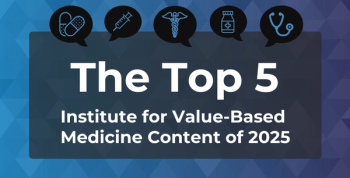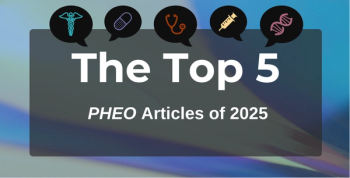
A Close Look at Use of a Healthcare Price Transparency Tool
Overall use of a web-based tool providing real-time, personalized episode-level price estimates for healthcare was low, but for some procedures the number of people searching for prices of services was high relative to the number of people who received the service.
Overall use among nonelderly insured adults of a web-based tool providing real-time, personalized episode-level price estimates for healthcare was low, but for some procedures the number of people searching for prices of services was high relative to the number of people who received the service, according to a
In addition, the study found that Aetna’s Member Payment Estimate price transparency tool was more likely to be used by patients who were researching imaging, childbirth, or one of several outpatient procedures and who were significantly more likely to be younger and healthier and to have incurred a higher annual deductible spending than patients who did not search for price information.
Study authors Anna D. Sinaiko, PhD, and Meredith B. Rosenthal, PhD, both of the Harvard T.H. Chan School of Public Health, studied Aetna’s Member Payment Estimator, which was launched in 2010. The tool provides real-time, personalized, episode-level estimates of both total prices and a patient’s out-of-pocket expenses at specific providers for over 650 medical services. Aetna considers these services to be those offering the biggest opportunities to save on healthcare expenses and for which consumers were most likely to comparison shop.
The study sample was limited to adults 19 to 64 years of age who were enrolled in Aetna for at least 7 months in 2011-2012. The sample consisted of 616,779 enrollees, of whom 332,255 searched the Estimator tool for price information (“searchers”); 159,909 were randomly selected nonsearchers and 124,615 were enrollees who received a service in 2011-2012 for which price estimates were available on the Estimator but who never used the tool. Results were reported from 2 models: 1 that included 5 services received by women only (mammogram, c-section, vaginal delivery, and gynecologic office visits) and 1 that included the remaining 19 selected services.
In the first full year that the tool was available, 112,372 subscribers (1.6% of those eligible) queried the tool to get a price estimate for themselves at least once. Use increased by 43% in the second year, to 160,307 subscribers (2.4% of all those eligible).The vast majority of subscribers using the Estimator in 2012 were first-time searchers. A total of 3.5% of subscribers used the tool once in 2011-2012. Price estimates were more likely to be for women, and searchers were more likely to be younger or to have a major health condition or comorbidity. They were significantly more likely to have used medical care, compared with nonsearchers.
The study authors said that the rising prevalence of high deductibles in health plans is creating large populations of patients who have financial incentives to choose a low-cost provider. Technologic innovations that can deliver real-time estimated healthcare prices can potentially be a driver of price transparency.
“However, the functionality, comprehensiveness, and usability of these price data vary considerably,” the authors wrote.
For price information to be helpful and usable, it must provide a meaningful estimate of a patient’s total expected costs as opposed to an average unit cost, and not all healthcare services lend themselves to consumer shopping. For healthcare price transparency to become an integral part of patient decision making, the study authors suggest that innovative approaches are needed to engage more consumers to use transparency tools.
Newsletter
Stay ahead of policy, cost, and value—subscribe to AJMC for expert insights at the intersection of clinical care and health economics.







































